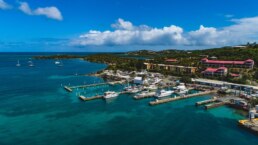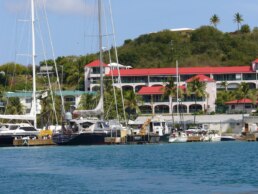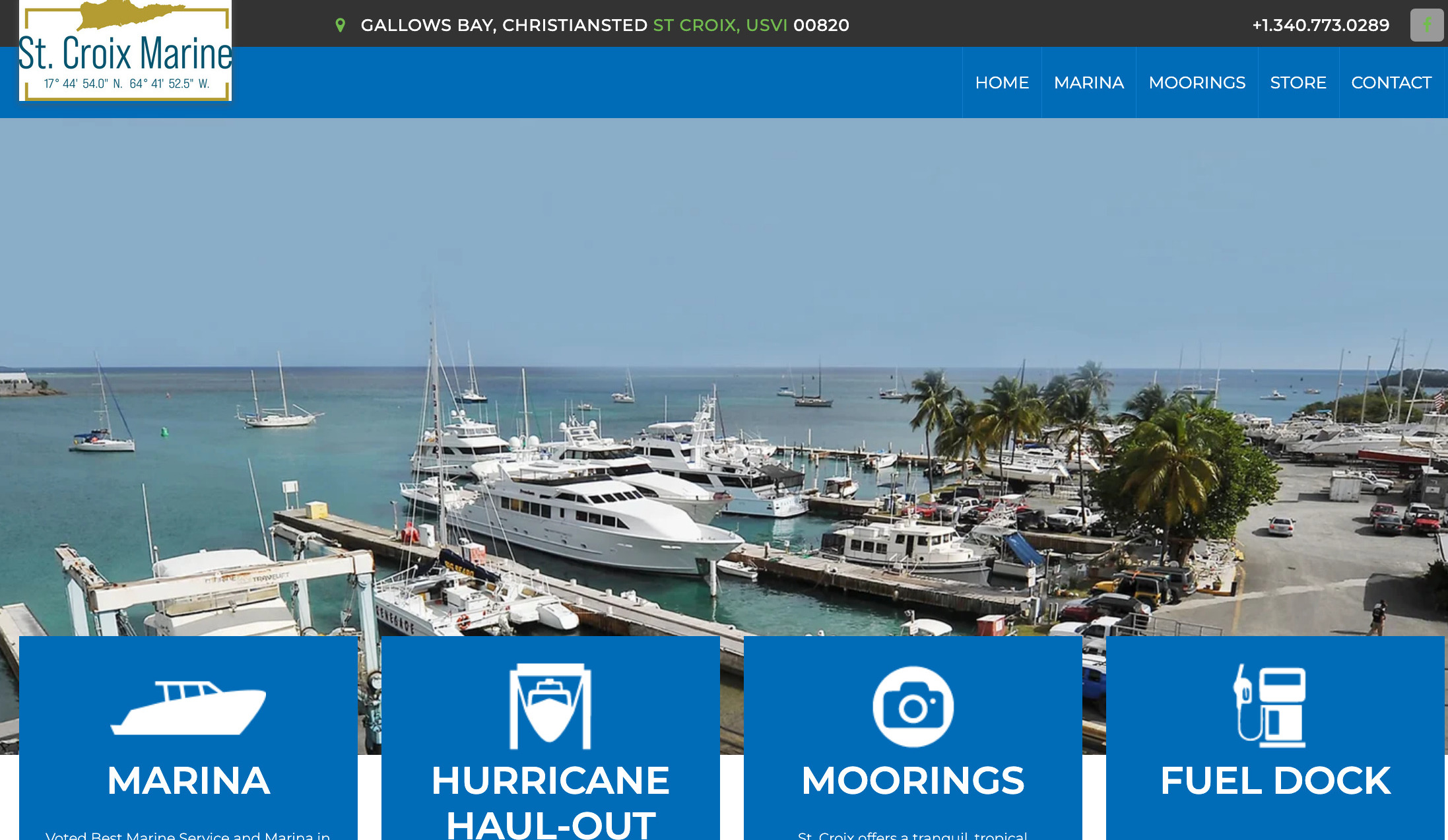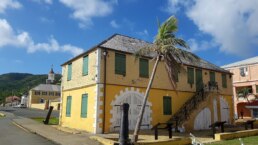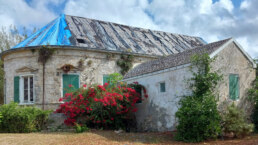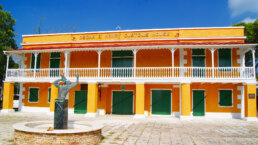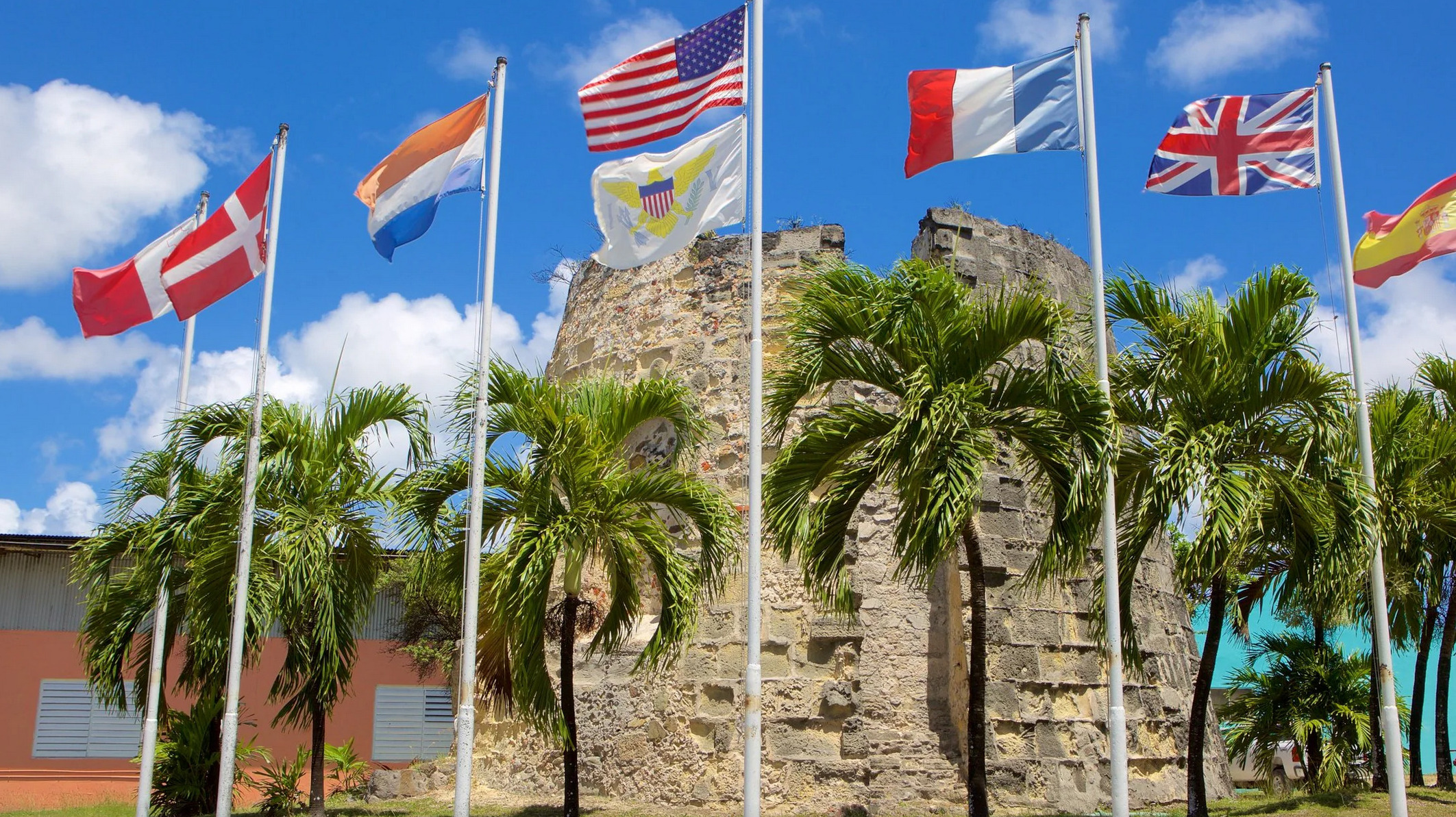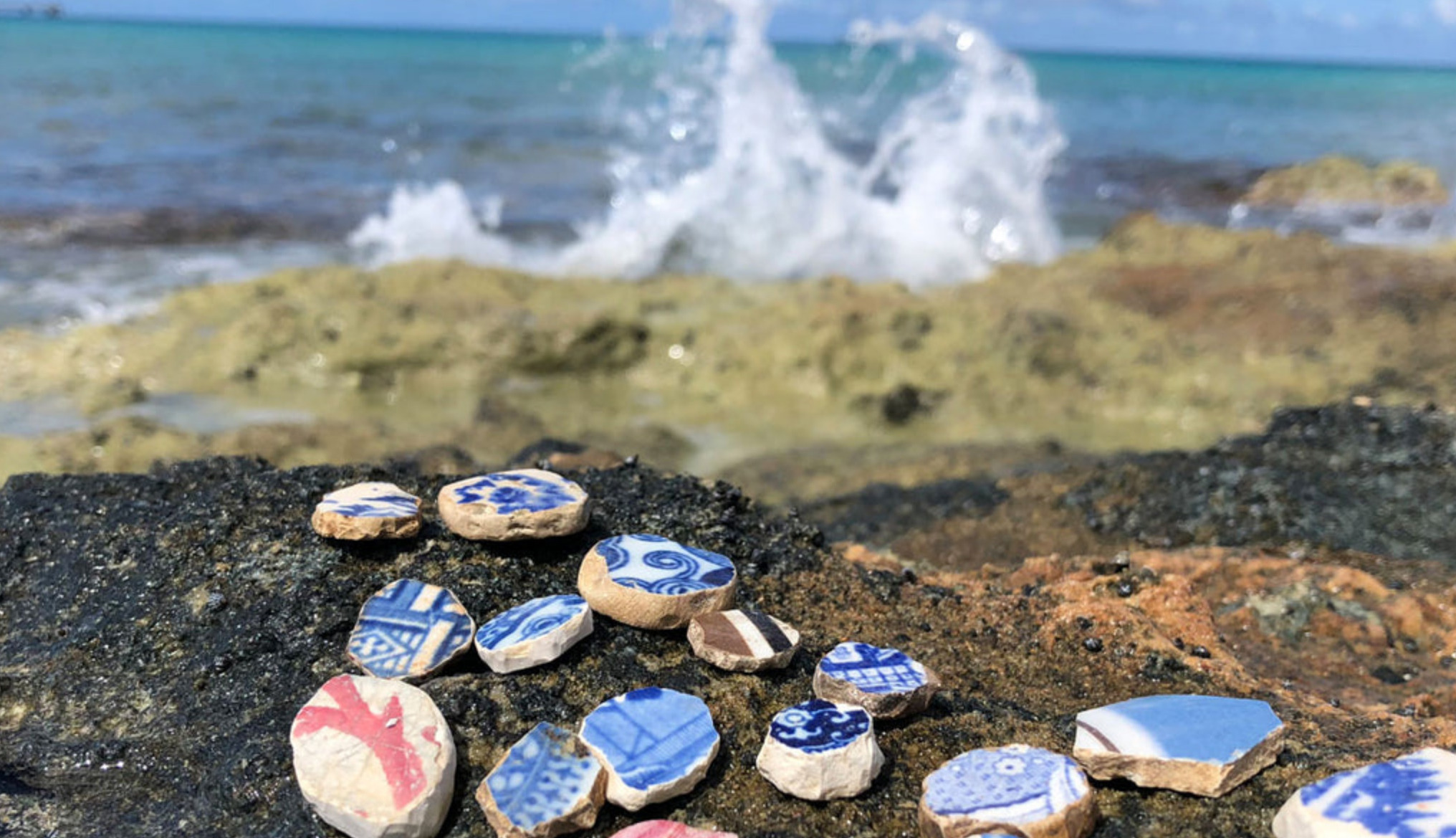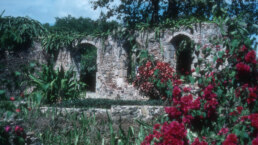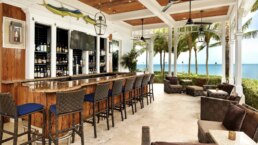Marina Verolme
Marina Verolme 🇧🇷 SPONSORS THE OCEAN POSSE

WELCOME MESSAGE

CONTACT

Amenities

SAFE APPROACH
LEAFLET MAP
LOCATION
APPROACH
OUTER MARKER
FUEL DOCK
LOCATION
GOOGLE MAP IFRAME INSERT
OFFICIAL WEBSITE >>

NEARBY
5 – 10 nearby attractions

ST. CROIX MARINE CENTER 🇻🇮 USVI SPONSORS THE OCEAN POSSE
ST. CROIX MARINE CENTER 🇻🇮 USVI SPONSORS THE OCEAN POSSE
17° 44.9383′ N 064° 41.9016′ W
SCMC sponsors the Ocean Posse with the following discounts:
10% off all marine store items, excluding outboard motors
10% daily and monthly dockage and moorings fees
5% off diesel and fuel purchases
AMENITIES
- Dockage – 44 fixed slips – Maximum vessel size: 125 Feet
- Fuel Dock – Gasoline & Diesel
- Marine Store / Chandlery
- Haul and Launch
- WIFI
- Washrooms and showers
LOCATION
NEARBY
⚓ 1. Christiansted National Historic Site
• What it is: A well-preserved colonial Danish fort and administrative complex dating back to the 18th century.
• Why go: Walk the cobblestone paths of Fort Christiansværn, the Danish Customs House, and the Scale House. It’s a vivid time capsule of Danish rule in the Caribbean.
• Tip: Visit at golden hour — the warm light on the yellow Danish buildings is unforgettable.
⚓ 2. Estate Whim Plantation Museum
• What it is: The oldest sugar plantation museum in the Virgin Islands.
• Why go: Explore a restored great house, sugar mill ruins, and period tools. Gain insight into the colonial and enslaved peoples’ experience.
• Tip: Combine this with a visit to other nearby plantation ruins like Rust Op Twist.
⚓ 3. Frederiksted Historic District
• What it is: A charming port town rebuilt after the Fireburn labor revolt of 1878.
• Why go: Stroll among Victorian gingerbread architecture, visit local art galleries, and enjoy a laid-back town vibe steeped in history.
• Tip: Visit the Eliza James-McBean Clock Tower and the Fort Frederik Museum.
⚓ 4. St. George Village Botanical Garden
• What it is: A lush 16-acre garden built on the ruins of a 19th-century sugar estate.
• Why go: Discover native and imported plants, historic ruins, and Arawak petroglyphs. It’s peaceful and culturally layered.
• Tip: Great place to escape the midday sun and enjoy a picnic.
⚓ 5. Crucian Food Tours (Christiansted)
• What it is: A guided culinary walking tour that hits local favorites.
• Why go: Sample kallaloo, pates, johnnycakes, local rum, and more while learning about island history and culture.
• Tip: Book early — these sell out fast.
⚓ 6. Lawaetz Family Museum
• What it is: A preserved Danish West Indies farmhouse, home to one of the island’s prominent families.
• Why go: Tour the grounds and learn about Danish agricultural heritage and Crucian family traditions.
• Tip: Best visited by appointment — call ahead.
⚓ 7. Sunday Brunch at The Palms or Savant
• What it is: Two iconic dining spots known for ambiance and cuisine.
• Why go: Experience elevated Crucian flavors in beautiful historic settings.
• Tip: Try the local bush tea and anything with fresh tamarind or passionfruit.
⚓ 8. Chaney Hunting in the Streets of Christiansted
• What it is: “Chaney” is broken china from colonial times, found embedded in sidewalks and gardens.
• Why go: It’s like urban beachcombing — find a fragment of colonial porcelain, and you’ve found a bit of history.
• Tip: There’s a Chaney shop near the boardwalk where you can learn more or have your finds made into jewelry.
⚓ 9. Crucian Heritage and Nature Tourism (CHANT) Walking Tours
• What it is: Locally guided walking tours of Christiansted and Frederiksted.
• Why go: Learn the real stories — of resistance, rebellion, and Crucian resilience — from those who live the legacy.
• Tip: Ask for a tour focused on the Fireburn or Alexander Hamilton’s time on the island.
⚓ 10. Local Bush Rum Tasting & Distillery Visits
• What it is: Sample the island’s historic spirits and modern-day takes.
• Why go: From spiced bush rums to the world-famous Cruzan Rum Distillery, it’s a flavorful journey through Crucian spirit culture.
• Tip: The Cruzan Distillery still offers in-person tours, while Mutiny Island Vodka at Sion Farm uses breadfruit — worth the stop.


